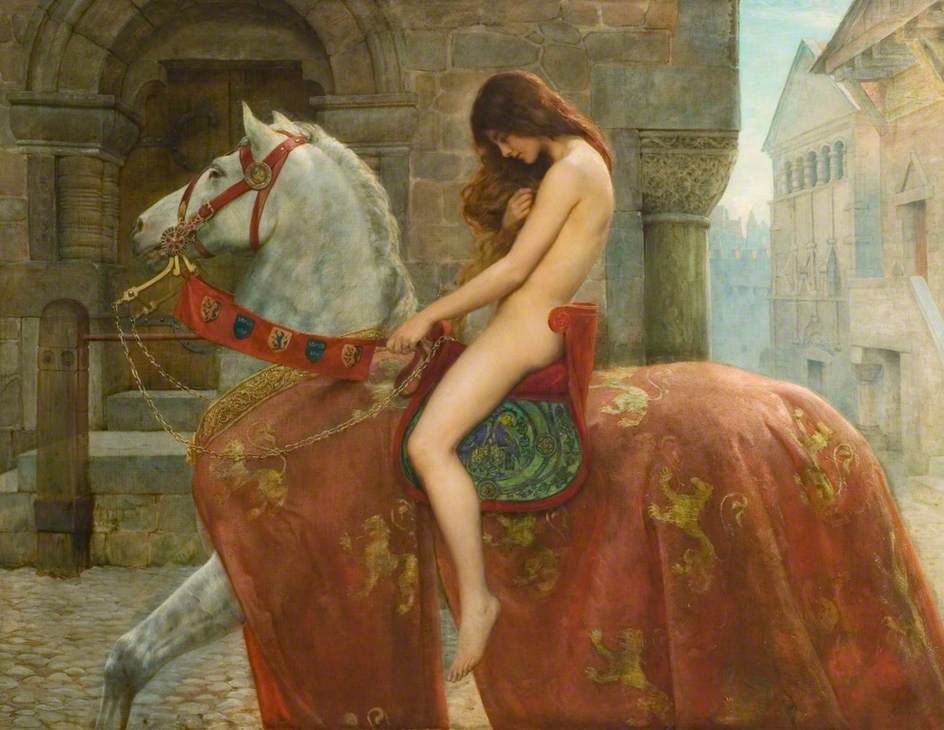In many cultures (especially in Asian countries), the public conception of doctors has changed where surgeons are considered the “real doctors”. This is particularly evident in Asian dramas where main characters tend to be surgeons, saving the patient’s life with dramatic operations and charisma. The idea that surgeons are superior to physicians may go as far as some adults advising medical students to become surgeons for a higher status (again, more evident in Asia). However, as the root of surgery is completely different from that of medicine, technically it is a misnomer to call a surgeon a “doctor”.
This is reflected in the relatively unknown fact that a fully-trained surgeon is referred to as “mister”, not “doctor”. To understand why surgeons call themselves Mr., we must look into the origin of the surgical discipline.
In ancient times, surgery was limited to treating flesh wounds and setting bones (with some exceptions such as trepanation), such as those sustained during battles. Other than the odd few cases of specialised surgeons such as Galen of ancient Greece and Hua Tuo of ancient China, it is hard to find records of doctors employing surgery as a form of treatment. This was mainly due to two reasons: that surgery was considered a “dirty, unrefined” form of treatment, and that surgery was too risky.
For a long time, especially in the Western world, surgery was considered to be of a lower status compared to medicine. It was considered more of a craft tradition – something which physicians believed was beneath them. Because of this, surgeries were mainly performed by barbers in medieval Europe. One can still find evidence of a barber’s alternative historical role on the barber’s pole, which has white, red and blue stripes. The white stripe symbolises bandages, the red symbolises arterial blood and the blue symbolises venous blood. This originates from the practice of bloodletting, where white bandages wrapped around a pole would get dyed red from the blood, giving the appearance of the barber’s pole. The profession of “surgeon” did not formally appear until around the 18th century when a Guild of Surgeons was formed in England. However, physicians refused to accept surgeons as equals for a further century. When they did come to accept that surgery was a legitimate form of medical treatment, the surgeons decided that they did not want to be assimilated as doctors, so they chose to keep their title of “mister” to distinguish themselves from physicians.
The reason why surgery was considered an unrefined art in the past mainly focuses on three issues: bleeding, pain and infections. Before modern surgical developments, uncontrolled bleeding was a real issue in surgery. This not only made surgeries extremely messy, but it was also dangerous for the patient as patients would often die from shock (dangerously low blood pressure). On top of this, anaesthetics was only introduced in the late 19th century, meaning before that, patients had to suffer the pain of their flesh being cut and stitched with no relief. Of course, this meant that surgeries were almost always a brutal scene, with the agonising screams of the patients filling the room, while they sprayed blood everywhere. Lastly, even if the patient somehow survived the surgery without bleeding out or dying from the stress and pain, there still remained a high risk of post-operative infection. Thus, surgeries were most often unsuccessful and were considered a barbaric form of treatment with no promise.
Thanks to medical advancements, surgery has become an important aspect of medicine, where one cannot live without the other. However, the tension still remains between physicians and surgeons, with each profession jokingly mocking the other whenever a chance arises.





